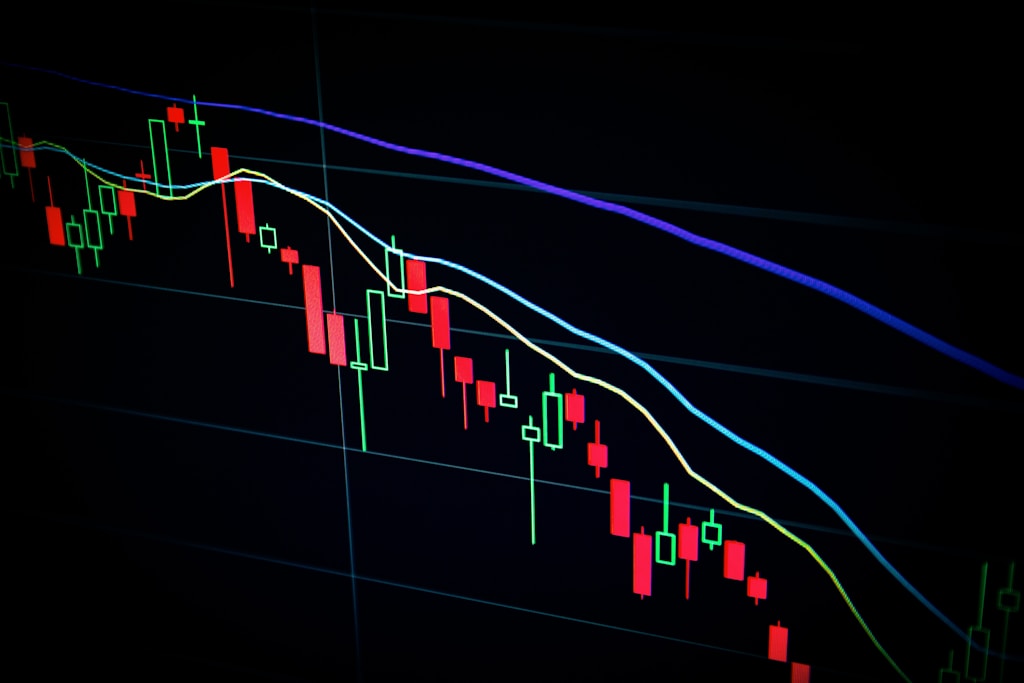Bitcoin’s price has fallen sharply below the critical $75,000 level as escalating global trade tensions send shockwaves through risk assets. This latest downturn comes amid growing concerns over the impact of new international tariffs on the broader financial markets.
Market Impact and Price Analysis
The leading cryptocurrency’s price action continues to demonstrate its complex relationship with traditional markets, as noted in recent analysis of Bitcoin’s response to trade war developments. The current price movement has erased several weeks of gains, bringing Bitcoin to a critical support level that traders are watching closely.
Market analysts are divided on Bitcoin’s role during periods of economic uncertainty. “Does Bitcoin behave more like a tech stock or a safe-haven asset like gold? So far, we’re seeing elements of both,” explains a prominent crypto analyst who spoke with Decrypt. This dual nature has become increasingly apparent as global markets react to trade policy shifts.
Technical Outlook and Support Levels
Key technical levels to watch include:
- Immediate support: $74,500
- Secondary support: $72,000
- Major resistance: $77,000
- 200-day moving average: $70,500
Institutional Response
Institutional investors are closely monitoring the situation, with Bitcoin ETFs experiencing significant outflows as market participants reassess their risk exposure.
SPONSORED
Navigate market volatility with up to 100x leverage on perpetual contracts
FAQ Section
How long could this market downturn last?
Market analysts suggest the duration will largely depend on how global trade negotiations progress and their impact on risk asset sentiment.
What are the key factors driving Bitcoin’s current price action?
Primary factors include global trade tensions, institutional investment flows, and technical support levels around the $75,000 mark.
How does this compare to previous market corrections?
While significant, this correction remains within historical norms for Bitcoin, which has experienced several 20-30% drawdowns during bull markets.
